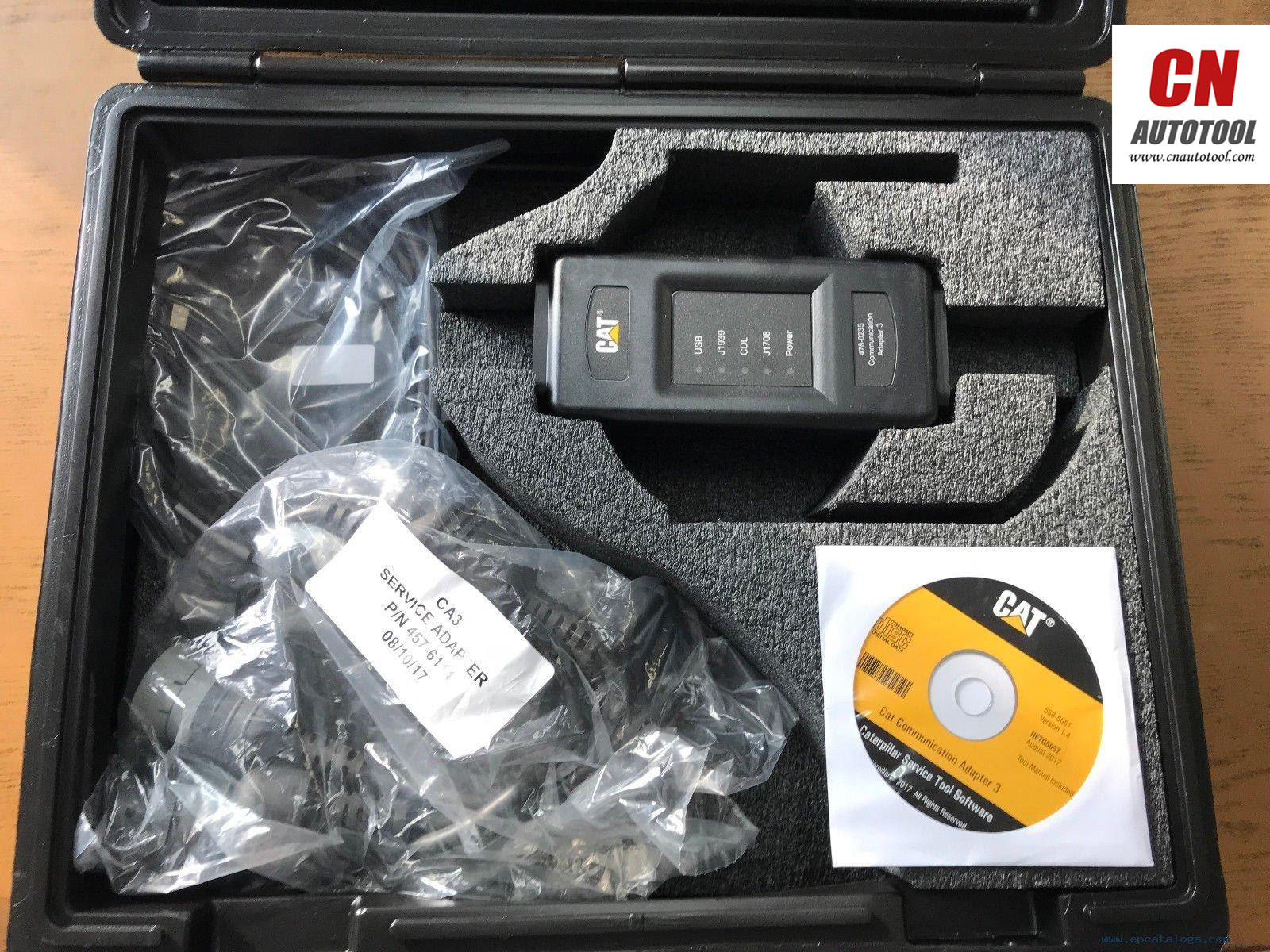CAT Caterpillar ET Diagnostic Tool from Caterpillar provide the capability to access Electronic Control Modules (ECMs) from a personal computer. Many job-critical tasks can be performed with an electronic service tool. The user can display the status of a group of parameters (temperatures, pressures, etc.) simultaneously, view active and clear logged diagnostics, display the current configuration of an ECM and much more. The service tool works with a communication adapter to allow connection to an ECM. A graphical interface makes this software quick to learn and easy to use. A separate pull-down menu for each function enhances the “ease of use.” The version and identification of the ECM is automatically retrieved and is displayed on a summary screen when the program is started. Diagnostic tests and calibrations can also be performed.
COURSE PURPOSE:
This course has been designed to provide participants with the knowledge and skills necessary to use Caterpillar Electronic Technician to monitor, test, adjust, calibrate and troubleshoot Diagnostic Scan Tool Caterpillar Electronic Control Systems.
The course starts with Sensor interpretation and diagnosis, then Data Links, diagnosing and testing, ECMs and their inputs and outputs with relation to the 8 Steps of Troubleshooting. Then CAT ET program navigation and use with a practical component.For more information about the electronic service tool on www.cnautotool.com
PRE – REQUISITES:
Participants should be actively involved in the maintenance and repair of Caterpillar equipment and should be familiar the use of a laptop computer and windows program.
COURSE OBJECTIVES:
On completion of this module, participants will be able to demonstrate a good understanding of the following. :
* Differentiate types of sensors and how to test them;
* Identify and test Data Links;
* Interpret Electrical Schematics;
* Identify the 8 Steps of Troubleshooting
* Electrical and Electronic inputs, controls and outputs;
* Navigate Caterpillar Electronic Technician
* Generate reports o Create graphs and data log reports o Make connections o Interpret faults o Clear codes
1. Welcome and Course
– Course description
– Course materials
– Timing’s
– Class introduction’s
– Site specifics
2. Electrical Sensors
– General overview on how Sensors work and how the ECM interprets them
3. Data Links
– CAT and CAN Data Link protocols –testing
4. ECMs Inputs and Outputs
– Understanding Switch, Sender and Sensor inputs
– Control Modules used on current Caterpillar machines
– Outputs associated with current Electronic systems
5. Electrical Schematics
– Discussion based on the use and interpretation of Caterpillar electrical schematics with exercise using a schematic
– Navigate new style interactive schematics (electronically)
6.Caterpillar Electronic Technician
– Navigate and use Electronic Technician (Caterpillar CommuniCATion Adapter 3)
– Perform Calibrations Program ECMs
– Perform electrical troubleshooting and machine performance tasks
– Generate and save reports
7. Troubleshooting
– 8 Steps to Troubleshooting
